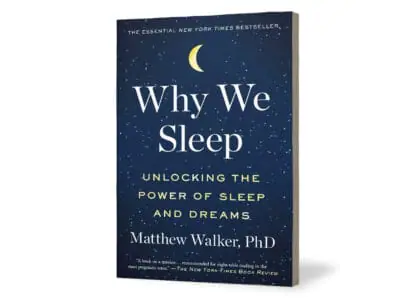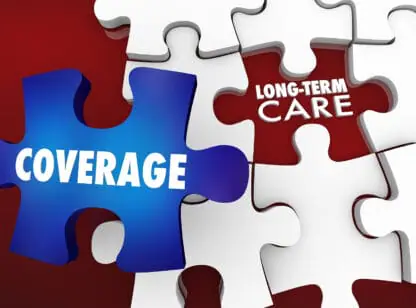Wouldn’t it be nice if we all came with an instruction manual? Then, if your doctor had a question about your health, the manual would provide answers.
Today we call that manual a health care portfolio–a collection of data that lets your health care team know where you are, what you are doing, and where you want to go. The government’s requirement for electronic medical records is an attempt at creating your portfolio by collecting all of your information in one place, but the job should really be our own.
“We all want to be on the same page when it comes to patient care,” says Dan Olesnicky, MD of Executive Wellness and Executive Urgent Care in Indian Wells. He strongly encourages individuals to manage this task themselves by creating a binder with all their medical information. “A health care portfolio enables you to have an educated discussion with your doctor, so you can work together as a team.”
Requesting your records and organizing them in a binder or scanning them into your iPad is a good place to start, along with establishing a thorough understanding of where you are today. “There are so many tests available now which provide a baseline of your current health status – not just your blood pressure and cholesterol, but if you are predisposed to disease; your vitamin and nutrient levels; and whether medications are actually working for you.”
Olesnicky studied molecular genetics and is intrigued by today’s technology. “We now have tests to measure if your diet is working for you – if you are vitamin and nutrient deficient – and even if the drugs you take are effective.”
Our bodies process drugs using specific pathways and enzymes. Your metabolic pathway, or the structure of your genes, determines whether your body is able to metabolize certain medications. “If tests show that your body doesn’t metabolize, say CYP3A4 drugs, you may get the side effects, but very limited benefits. You should be on another type of drug (typically from the same class) that is metabolized a different way.”
Olesnicky compares our enzymes to tools in a tool box. “If you were born without a hammer in your toolbox, then don’t do jobs that require a hammer. Do the jobs you can accomplish with a wrench.” He sees genetic testing as a screening tool to cut down on errors. “If a patient knows their family disposition and individual risks, as well as their genetic profile and nutritional values, it certainly helps us as doctors to prescribe the most effective treatment for that patient.”
Baseline genetic tests are around $300 and some insurance companies now pay for them. Others can range up to $10,000. There are vast arrays of tests available and Olesnicky recommends researching the benefits of each noting two reliable companies: Genova Diagnostics for vitamin panels and Pathway Genomics for genetic testing.
It’s as if we’ve figured out how to read the instruction manual that came with our body. However, the technology is very cutting edge and your doctor may or may not know about it yet. “Doctors are overwhelmed with information. Baseline testing may not be in the forefront of every doctor’s mind. You can help your doctor by bringing this to their attention, and thus becoming a partner in your own health care.”
Dr. Olesnicky can be reached at Executive Wellness (760) 346-9354.









































Comments (0)